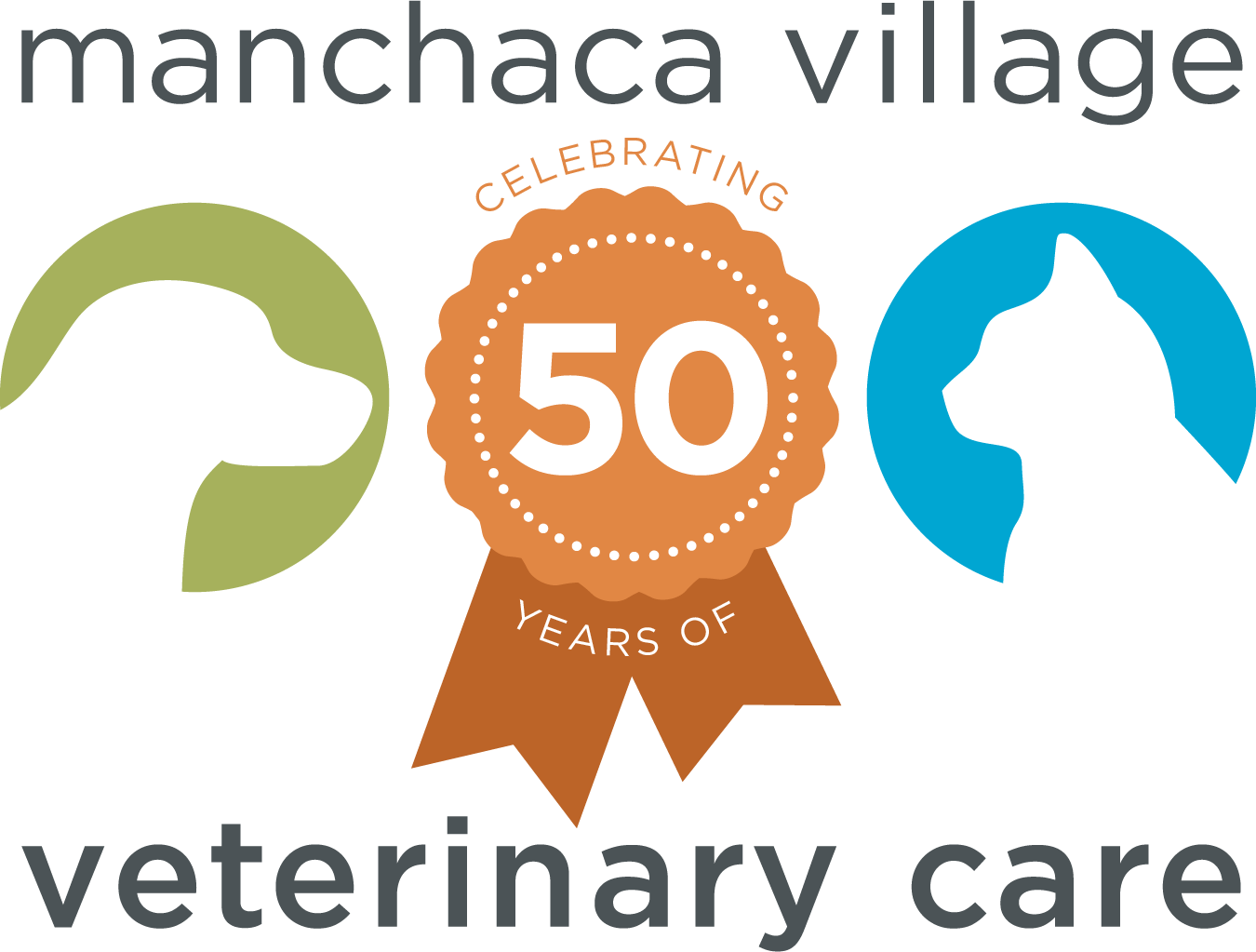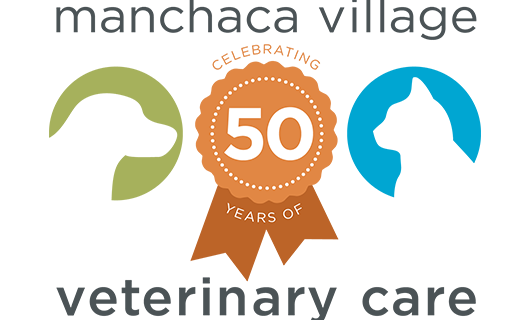The symptoms might start with your dog having difficulty getting up the stairs at night. Or maybe your cat can no longer jump on the counter like he used to. They may have gained weight or seem lethargic. They may groan when getting up or laying down. They may pant more with activity. These are common scenarios that may just look like your pet is simply getting older or “slowing down.” However, it is likely that your pet is experiencing pain from osteoarthritis, either in early or more advanced stages. Osteoarthritis or “OA,” is a degenerative joint disease that commonly affects cats, dogs and people. Depending on the level of OA your pet is experiencing, symptoms can be managed with a combination of lifestyle changes and therapies. From simple changes like diet, exercise and supplements to prescription medications for more advanced cases. Below, I’ve included a list of our recommended therapy progression for pets with OA. There is not a one-size-fits-all approach to treating osteoarthritis, so talk to your veterinarian to put together an OA treatment plan that works best for your pet.
Therapy Progression:
Joint Diet: Adjusting your pet’s diet is the easiest way to combat OA. Your veterinarian can prescribe a balanced diet that centers on reducing excess weight while reducing inflammation with ingredients like omega-3’s and hyaluronic acid. Manchaca Village Veterinary Care recommends Purina HA or Royal Canin Joint Mobility Diet.
Omega-V3 Softgels: Omega-3s support the joints, heart, kidneys, skin, and boost the immune system. The dosage we recommend for each condition varies. These are potent antioxidants that help reduce inflammation and pain. For efficacy, look for high levels of DHA and EPA. Talk to your veterinarian for recommended dosing per pet.
Movoflex: This flavored chew can be started at an early age before symptoms of OA begin. Key ingredients include eggshell membrane, turmeric, frankincense, vitamin D and hyaluronic acid. These aid in overall joint health and help to reduce inflammation in the joint. Eggshell membrane is shown to increase activity and mobility within 28 days or sooner. Clinical trials of Movoflex have demonstrated a stronger patient response in contrast to most other joint supplements.
Flexadin: Flexadin is a chewable supplement that contains UCII cartilage that trains the body not to overreact to damaged joint cartilage that flakes off into the joint fluid and acts like an irritant. This concept is similar to the way oral allergy drops work, by exposing the body to an irritant in small amounts over time you can train the immune system to ignore it.
PRP: PRP or “Platelet Rich Plasma” is a regenerative therapy in which platelets are extracted from the pet’s blood and processed into a platelet-rich plasma fluid. This plasma fluid is then re-injected into the patient. The platelets travel through the bloodstream to the source of inflammation and help repair the damaged joint. While this therapy will not eliminate OA, it does aid in joint comfort. Full effects of the treatment can be seen within 14 days and can last up to four months.
Adequan: Adequan is used to alleviate lameness, pain and lowered range of motion caused by OA. This is a regenerative therapy that can be administered at home with SQ injections. Adequan helps reduce inflammation and pain while stimulating new cartilage and restoring joint lubrication. It is the only FDA approved disease-modifying osteoarthritis medication.
NSAID’s/Pain Control: Non-steroidal anti-inflammatories help to reduce inflammation and
block pain receptors. We will recommend running baseline lab work on the pet to be evaluated prior to starting medication. These medications can increase liver and kidney values, and we recommend regular monitoring 30 days after starting medication—and then every 6 months—to ensure patient safety.
Most of these medications are given every 12 to 24 hours, and are normally safe for long term use.
When it comes to your pets, Newton’s first law of motion applies—a body in motion stays in motion. Managing your pet’s weight with proper diet and exercise is important throughout their lives and can help reduce the risk of OA developing. In pets with osteoarthritis, maintaining a healthy weight becomes even more important as extra weight can put even more stress on inflamed joints. These basic building blocks with additional recommended supplements or therapies can reduce inflammation and discomfort and help increase mobility and your pet’s overall health. Talk to your veterinarian if you think your pet may be showing signs of osteoarthritis. Solutions exist to increase your pet’s quality of life! Call us with any questions.
Dr. Sandra Ontiveros
Manchaca Village Veterinary Care
(512) 838-2273
What's Next
Call us or schedule an appointment online.
Meet with a doctor for an initial exam.
Put a plan together for your pet.


